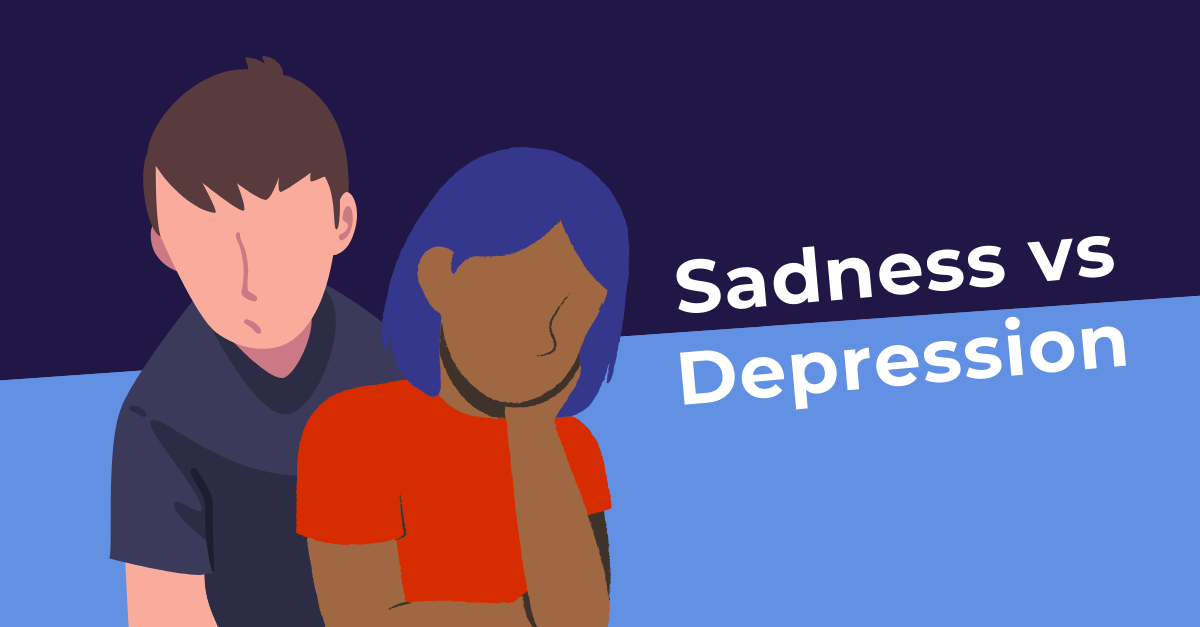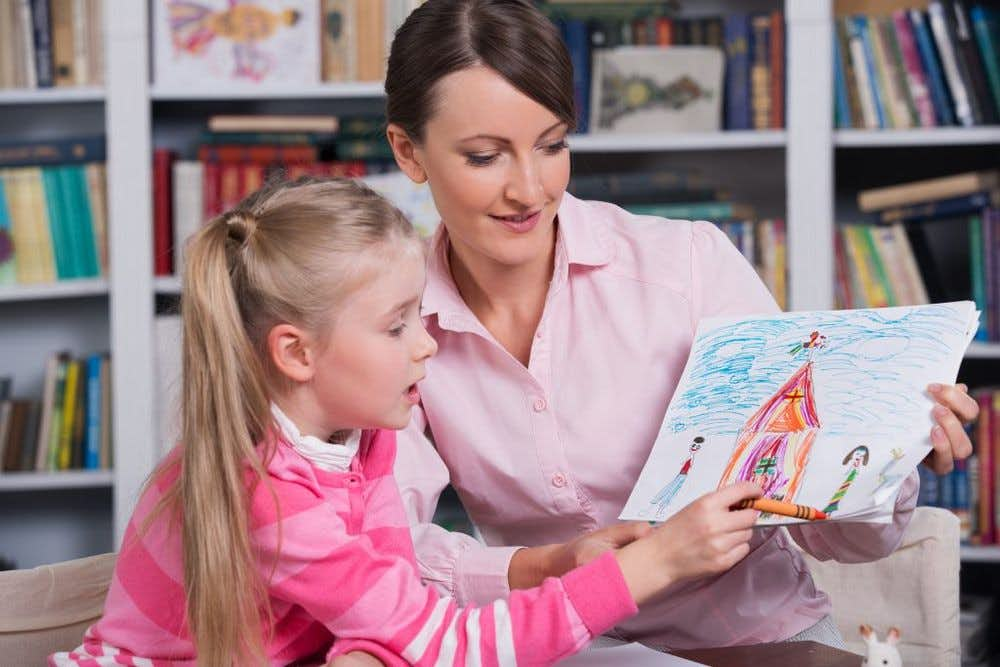July 15th, 2022

Sadness is an emotion we all experience. People can feel sadness at different points throughout their lives, particularly heightened during their early years. It is a natural reaction to life events or situations that can cause hurt, pain, or make us upset. And like all emotions, sadness can change.
For children and adolescents, some of their specific causes of sadness can come from:
Depression is a bit harder to identify, the reason for this is that sometimes there is no single event that can cause depression. Clinical depression is a medical condition. This is when there can be times of prolonged sadness.
Some signs and symptoms of depression can be withdrawing from things we used to enjoy. Not feeling motivated to get up or do much during the day. Depression is not universal so signs of depression can be difficult to identify, especially in a younger population.

What you see is not what you get. When children are unable to identify emotions, it may appear as if they are angry. Children have a hard time expressing themselves and managing specific emotions. They can seem angry or agitated. If this occurs more frequently it might not be anger but frustration they are experiencing because they are unable to communicate their types of emotions.
When talking about emotions, try to use age-appropriate language. Remember some of these emotions are very new so your child may not have the words to clearly describe what they are feeling. Maybe refer to a story you may have read and the characters and their roles. Children and adolescents might not be able to describe the emotion but they can possibly identify or recognize the emotion they are trying to describe.
Adolescents may have a more difficult time sharing their emotions. Teens especially are experiencing many changes and these can be difficult to navigate. They may not be sure if this is normal or if it will pass.
Remember, one of the key differences between sadness and depression is the length of time. It can be difficult to identify the emotions they may be feeling. Similar to children with books, maybe ask if they can tell you a song that they feel describes them right now. Or a movie or show where they feel like one of the characters.
When a child or adolescent may be feeling sad and possibly experiencing grief and feelings of depression being able to communicate effectively is important. Children and adolescents often have a hard time identifying emotions. Identifying emotions helps to implement coping skills to reduce those feelings, as well as identifying triggers can be very helpful. Sometimes when depressed these triggers cannot always be identified.

A great way to combat sadness, as well as depression, is to identify some healthy coping skills. Coping skills are skills that can be used to help relieve some of those feelings they may be experiencing:

A great resource can be reaching out to your child’s school counselor and seeing what interventions or therapy sessions are available through the school. If your child is still having a difficult time identifying if they have sadness or depression, it may be necessary to seek the help and support of trained medical staff.
Below are some additional resources:
American Academy of Child and Adolescent Psychiatry - Stress Management and Teens
American Academy of Pediatrics - Adolescent Depression: What Parents Can Do To Help
Jed Foundation - Understanding Sadness and Depressive Feelings
Remember to let your child know, they are never alone and there is always someone to talk to.
Written by Samantha Espinosa, MA
At Clarity Clinic, we have highly trained staff who specialize in therapy and psychiatry services. To learn more about how we can support your mental health, call Clarity Clinic at (312) 815-9660 or schedule an appointment today.

Our Services
Virtual/Online CarePHP and IOPAdult PsychiatryChild & Adolescent PsychiatryAdult TherapyChild & Adolescent TherapyCouples CounselingFamily TherapyGroup TherapyPsychological TestingTranscranial Magnetic Stimulation (TMS)Resources
Refer a PatientCareersClinical Training OpportunitiesOur ProvidersFree Mental Health TestsCommonly Prescribed MedicationsLocationsBlogIn The NewsClarity Through CharityClarity for AllQuick Links
Patient PortalFAQsAccepted InsurancesContact us